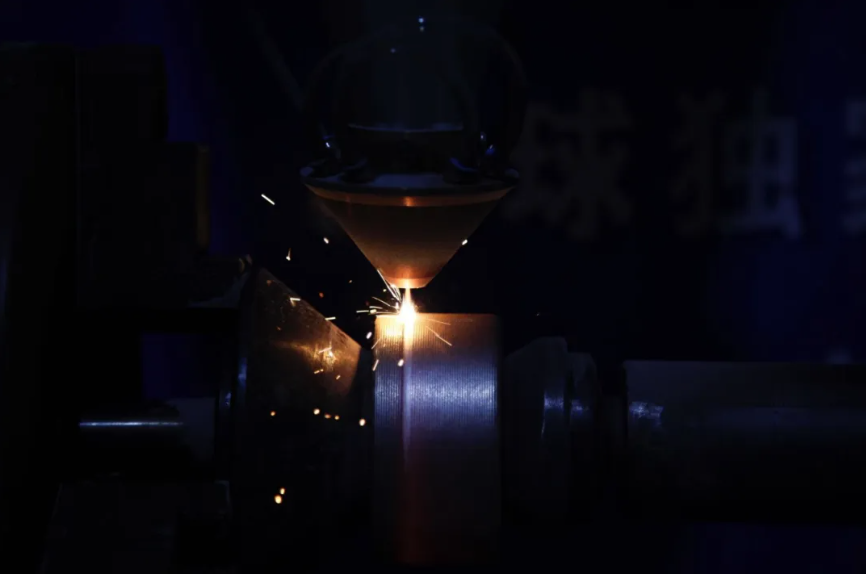Femtosecond GHz lasers in TGVs
With the continuous improvement of the packaging requirements of artificial intelligence chips, many head enterprises are carrying out advanced packaging technology updates and iterations, in the packaging material innovation, a glass substrate is currently the most popular. Glass material's high stability, low coefficient of thermal expansion, high-frequency electrical characteristics, low cost, superior airtightness and corrosion resistance, etc., resulting in it is expected to replace the silicon-based rotary plate packaging materials. Moreover, the glass substrate has been successfully applied to Micro LED, MEMS, AiP, IPD, and other fields.
One of the core processes of the glass substrate is the preparation of TGV (Through glass Via), TGV technology needs to take into account the cost, speed, and quality requirements. One of the main constraints to the development of glass through-hole technology is the TGV hole-forming technology, which needs to meet a series of requirements such as high speed, high precision, high depth-to-width ratio, smooth sidewall, good perpendicularity, and low cost. At present, the most mainstream TGV hole formation technology for the laser-induced etching method, the method is through the pulsed laser-induced glass to produce a continuous denaturation zone, the denatured glass is placed into the etching solution for etching, the denaturation of the glass area in the etching solution etching rate than the undenatured glass will be faster.
The formation of TGVs with the depth-to-width ratio on glass substrates is critical, especially in semiconductor advanced packaging. Laser-induced etching of glass by femtosecond laser can form TGVs with a low taper and high depth-to-width ratio, and the formed glass via holes are low fragmentation, crack-free, and have smooth sidewalls inside the holes.
The Femtolux 30, a GHz femtosecond laser from EKSPLA, is capable of producing high-quality TGVs with a high depth-to-width ratio by using the GHz Burst processing mode, which subdivides a single high pulse energy pulse into 50 smaller pulses to achieve high depth-to-width ratios of more than 80:1. However, the number of pulses and energy in the Burst need to be precisely controlled if the glass thickness varies. EKSPLA has also been validated with different glass materials including AN100, BK7, BF33, D263, EXG, and soda-lime.
In addition, the Femtolux 30 laser is available in MHz+GHz burst mode, which enables bottom-up drilling to form TGVs. This bottom-up drilling technique creates zero-taper holes and, in combination with the MHz+GHz burst mode, improves throughput throughout the entire process. High-quality 200 μm diameter TGVs were formed in BF33 and D263 glass at a high speed of 600 mm3/min over a large area.






Comments
Post a Comment